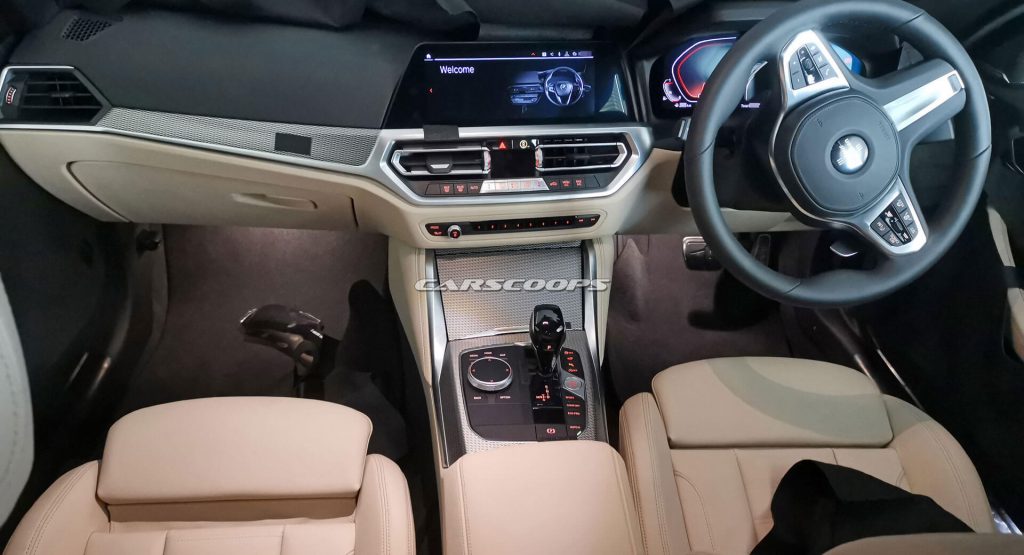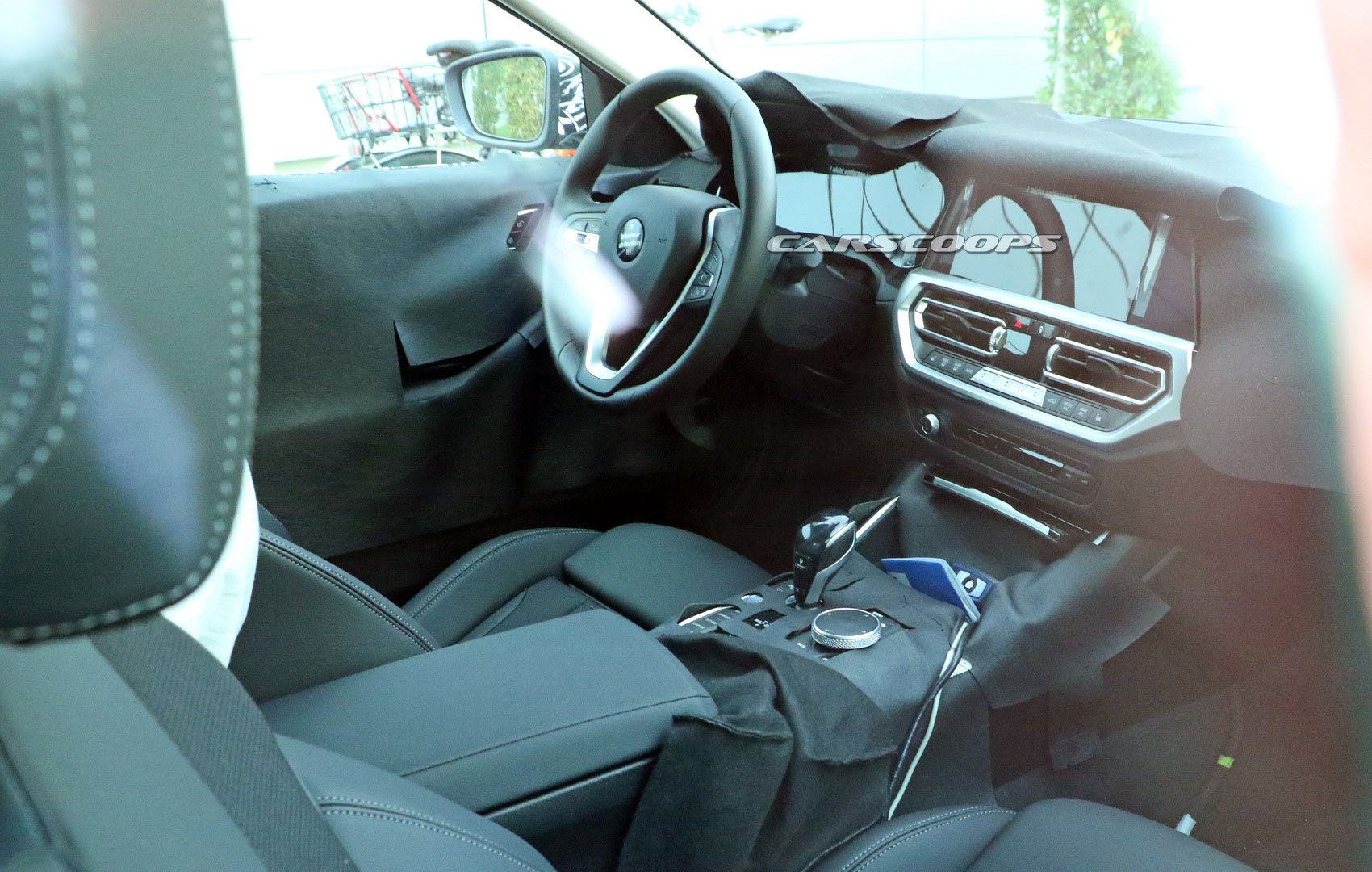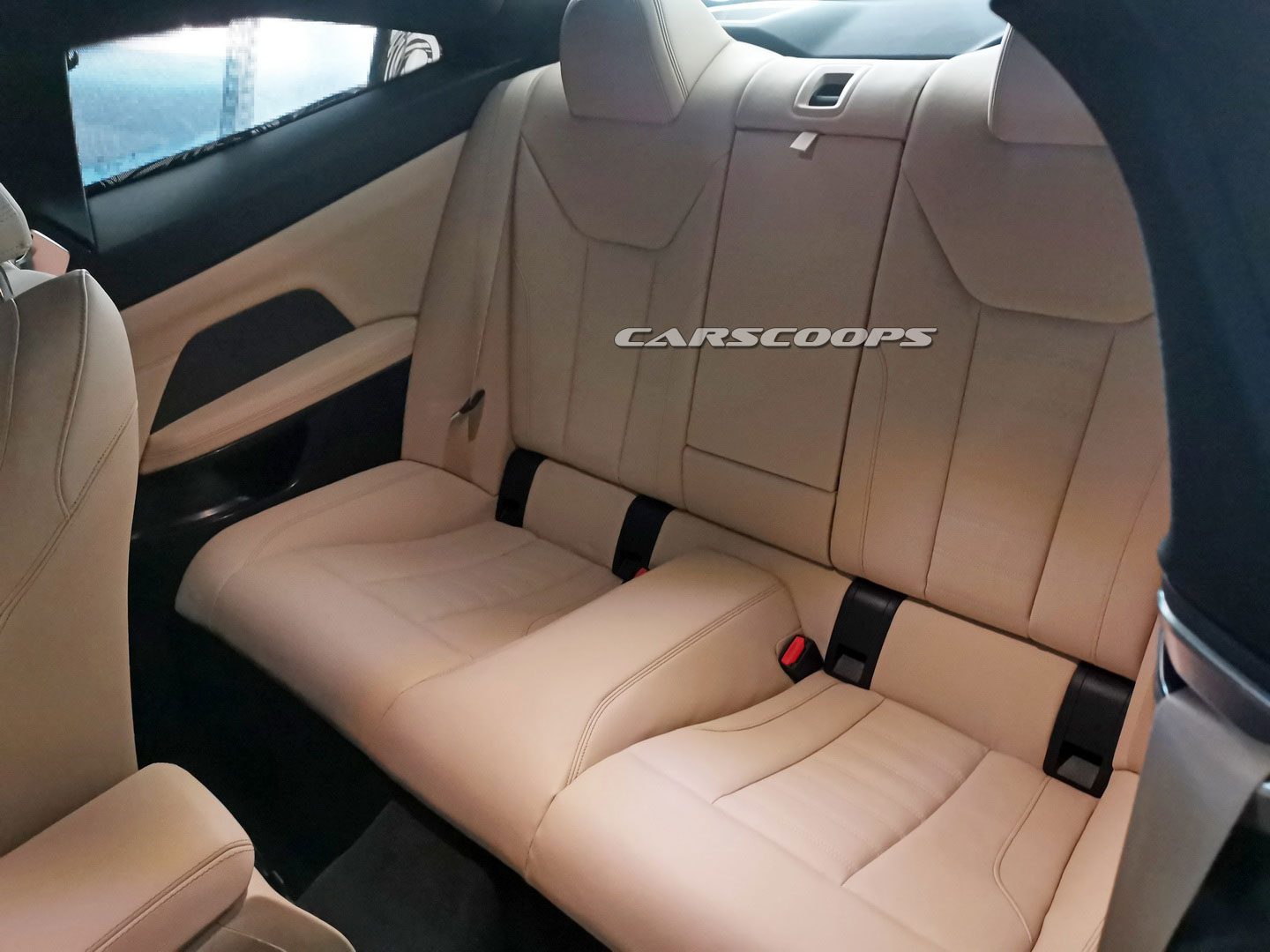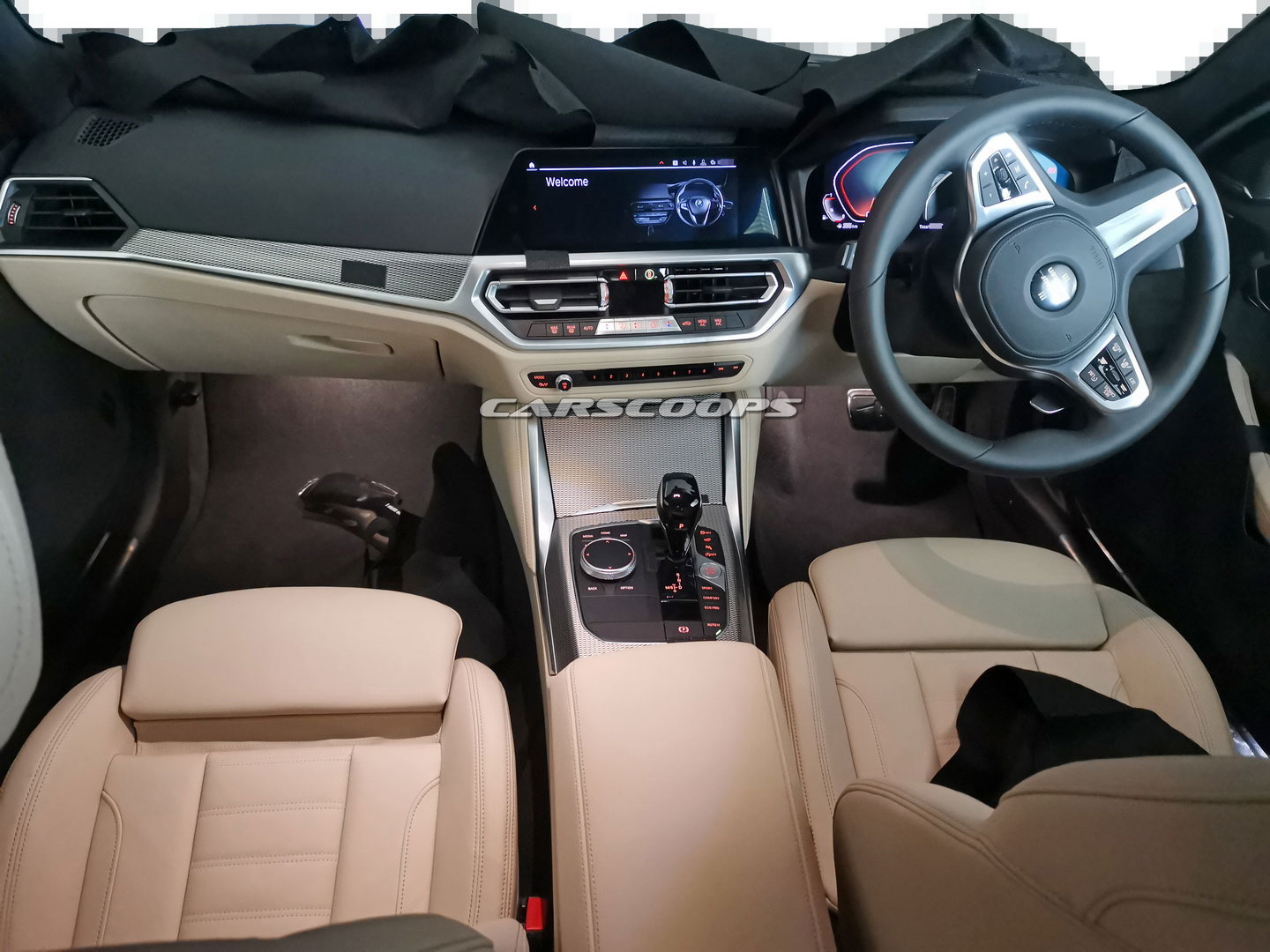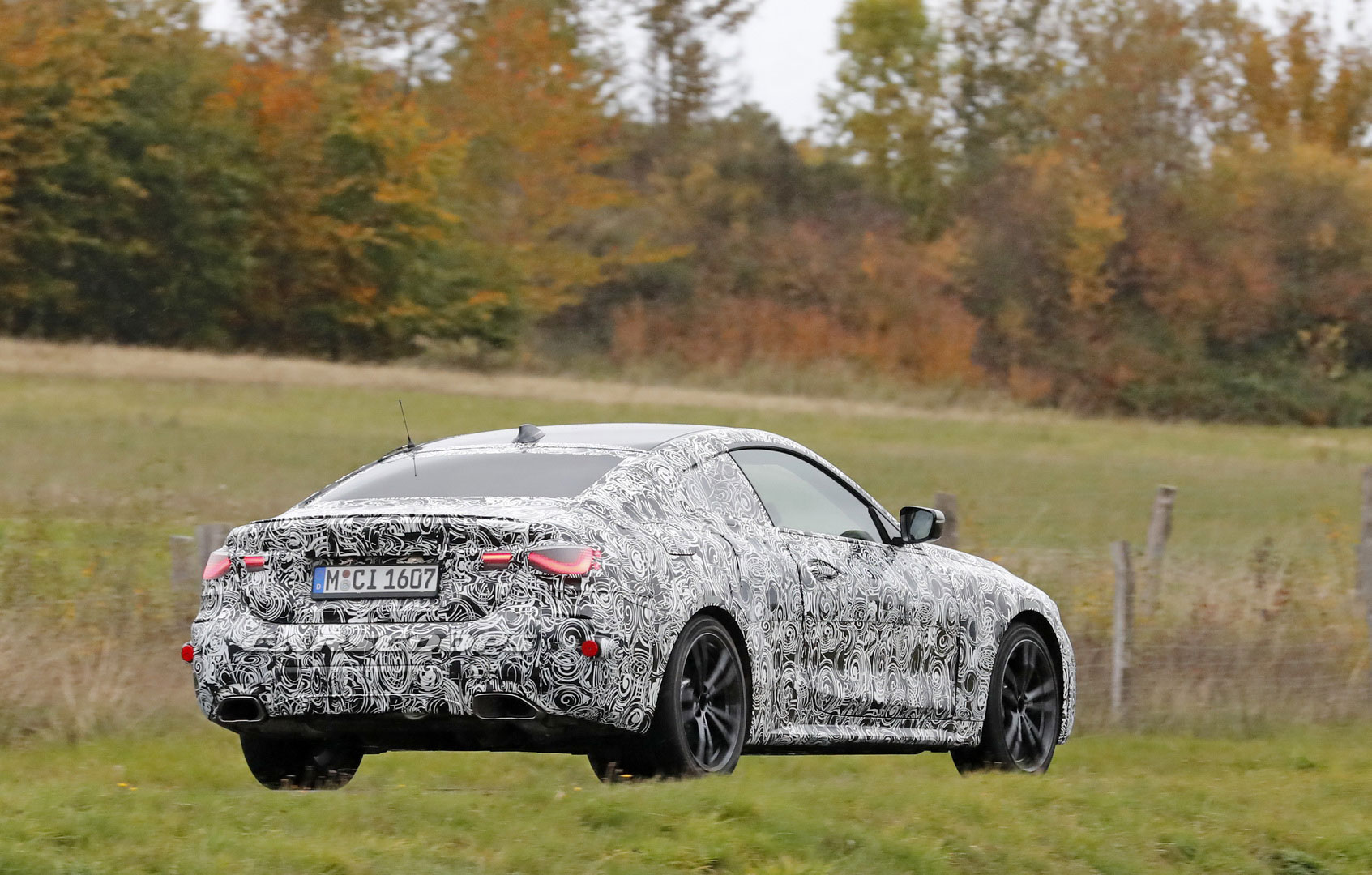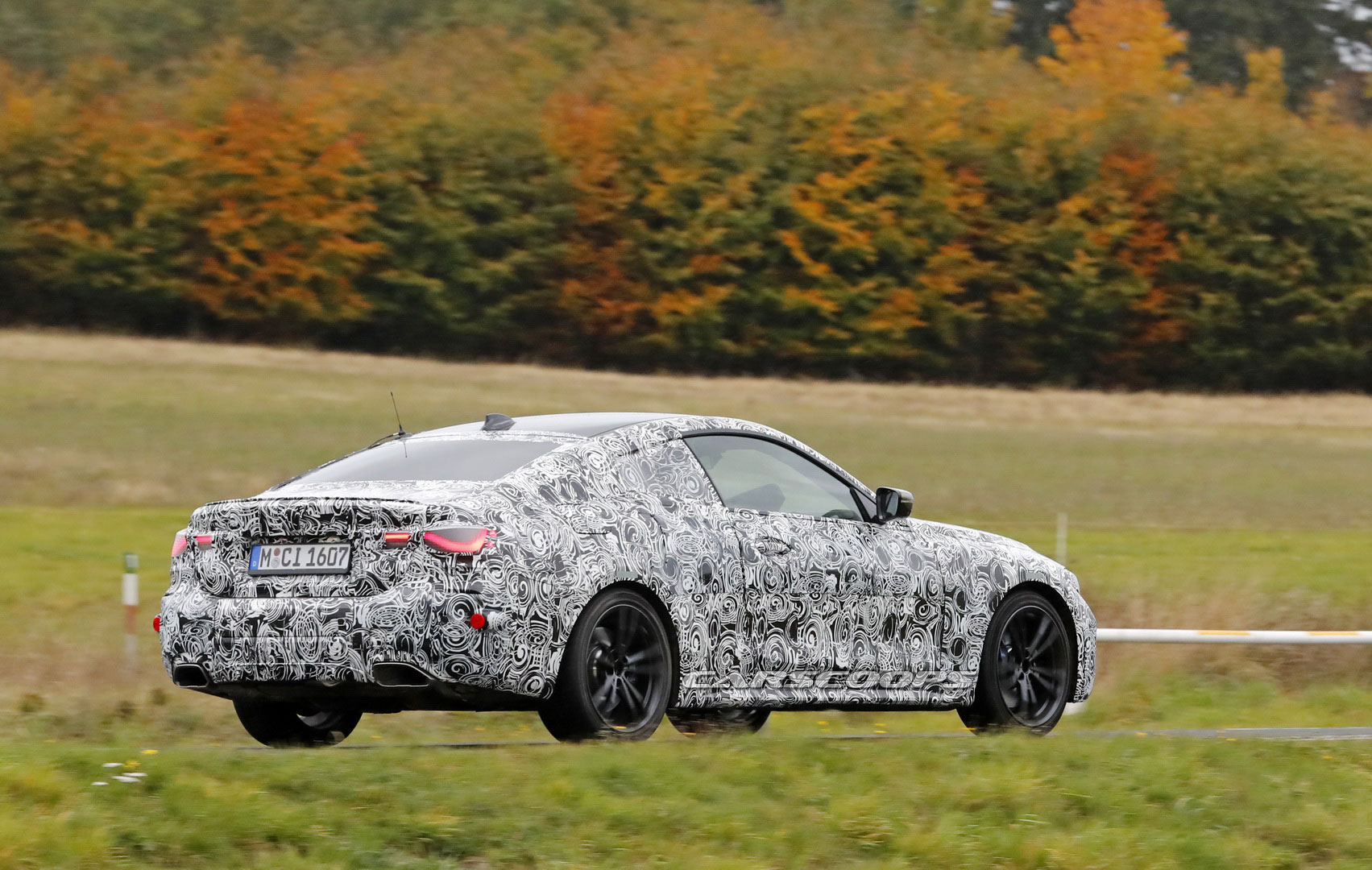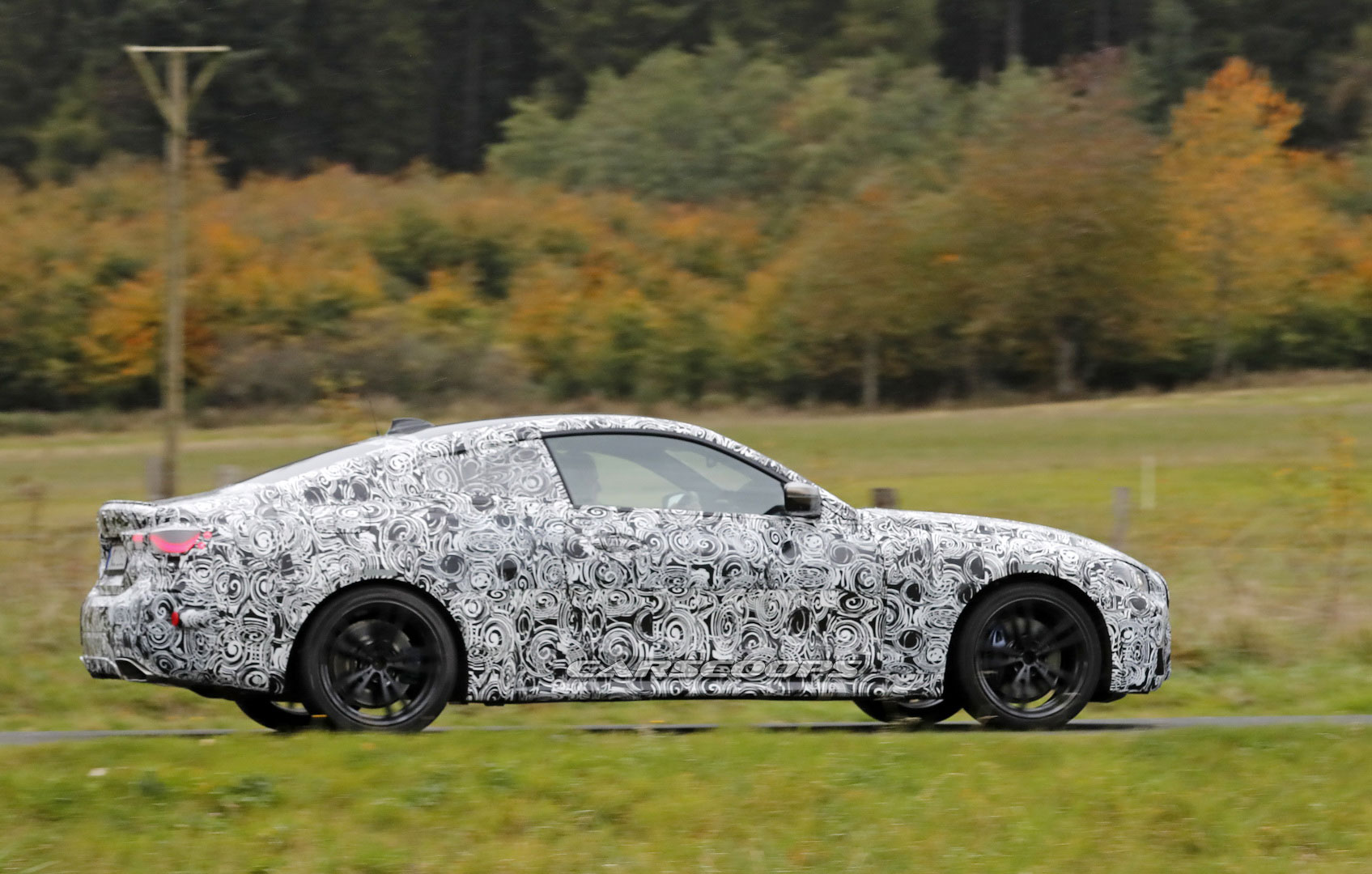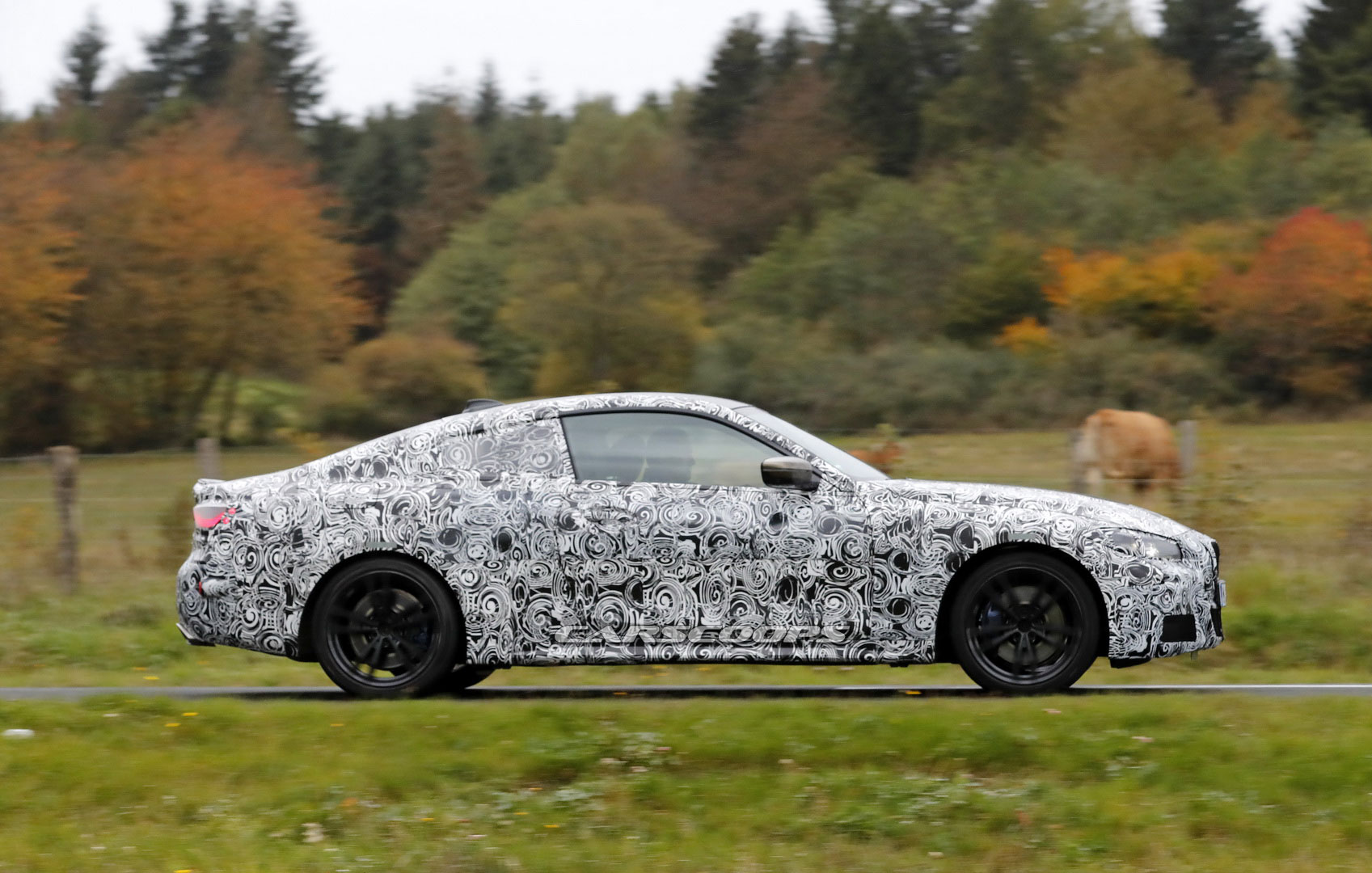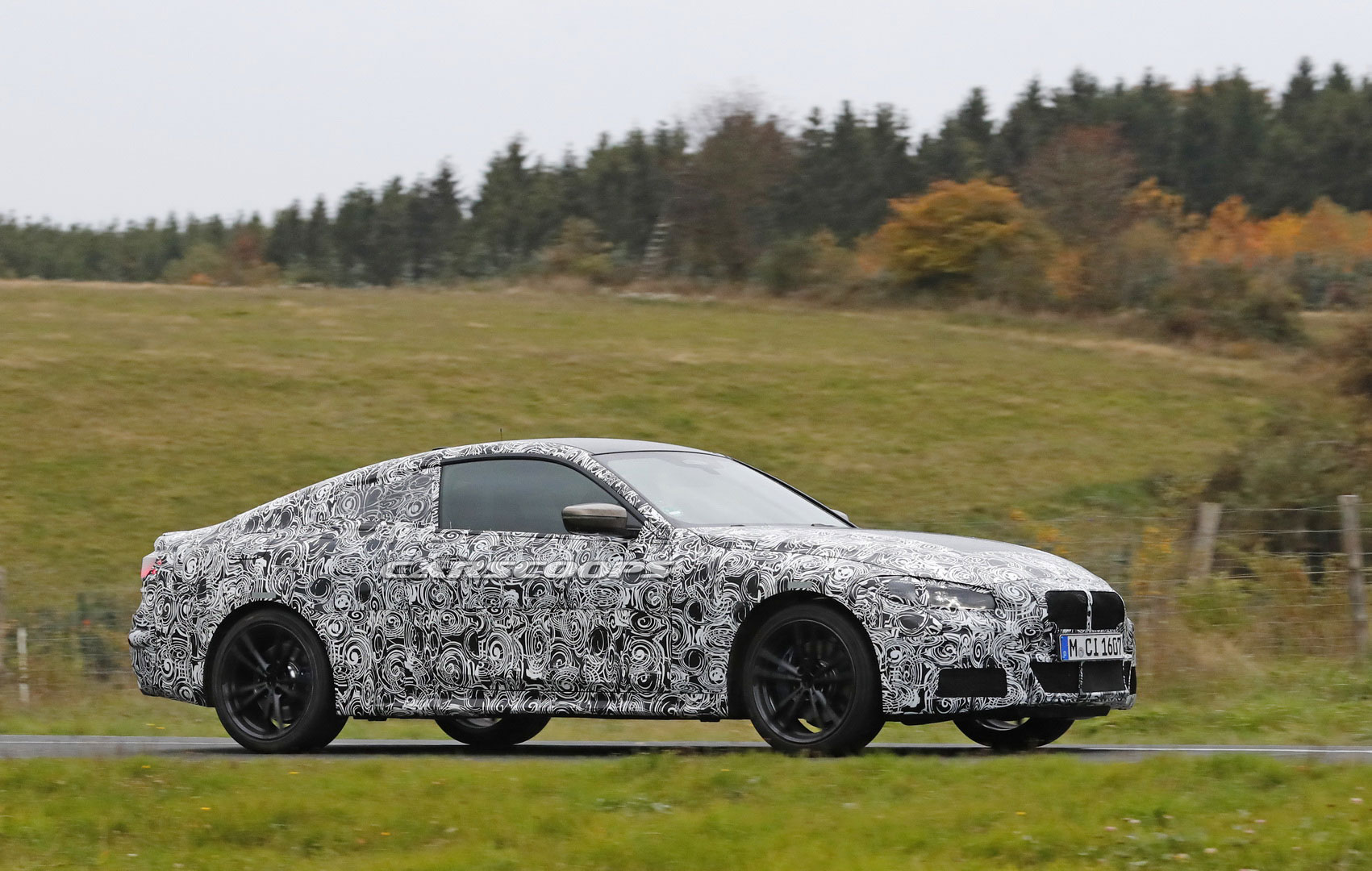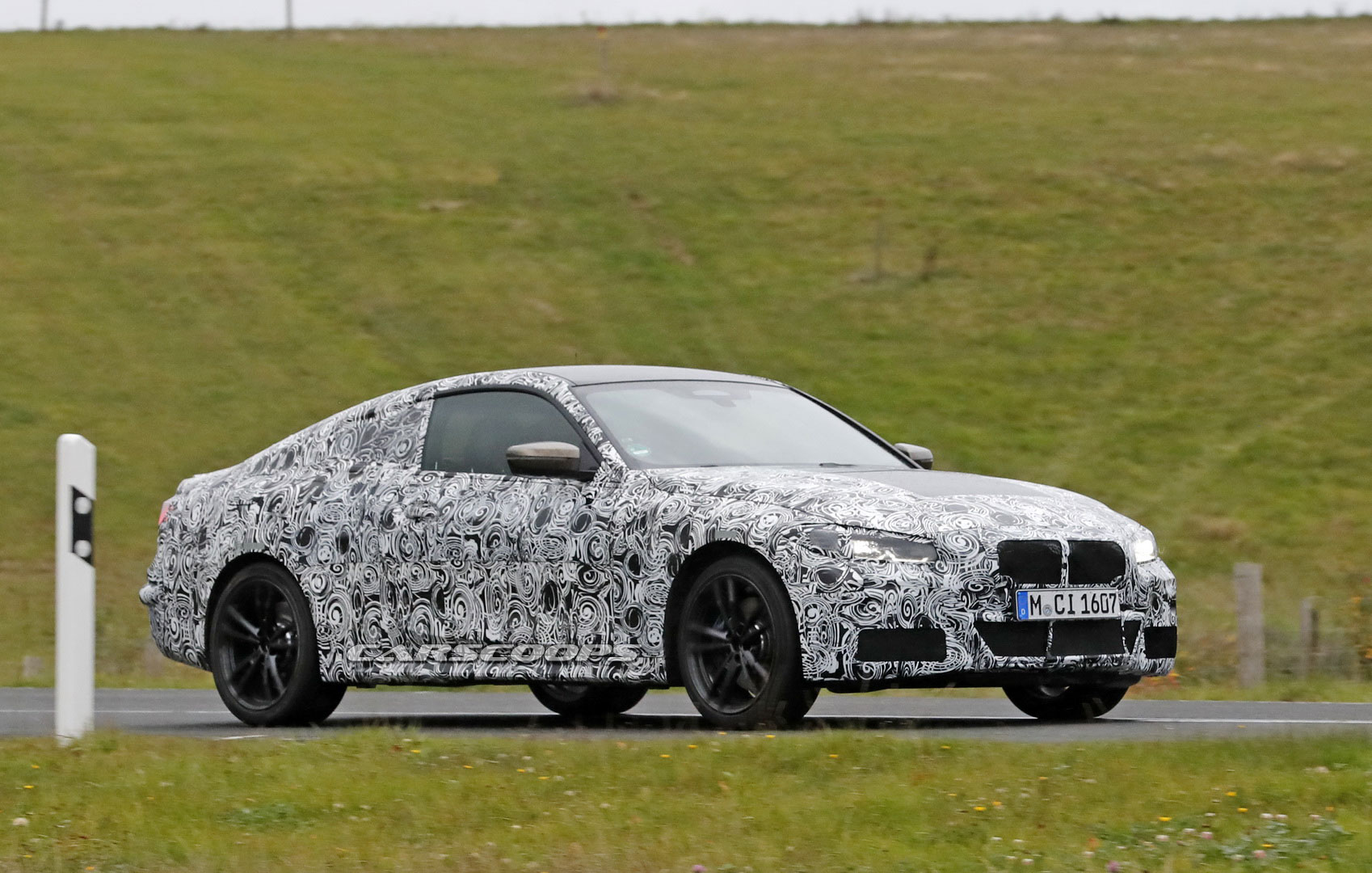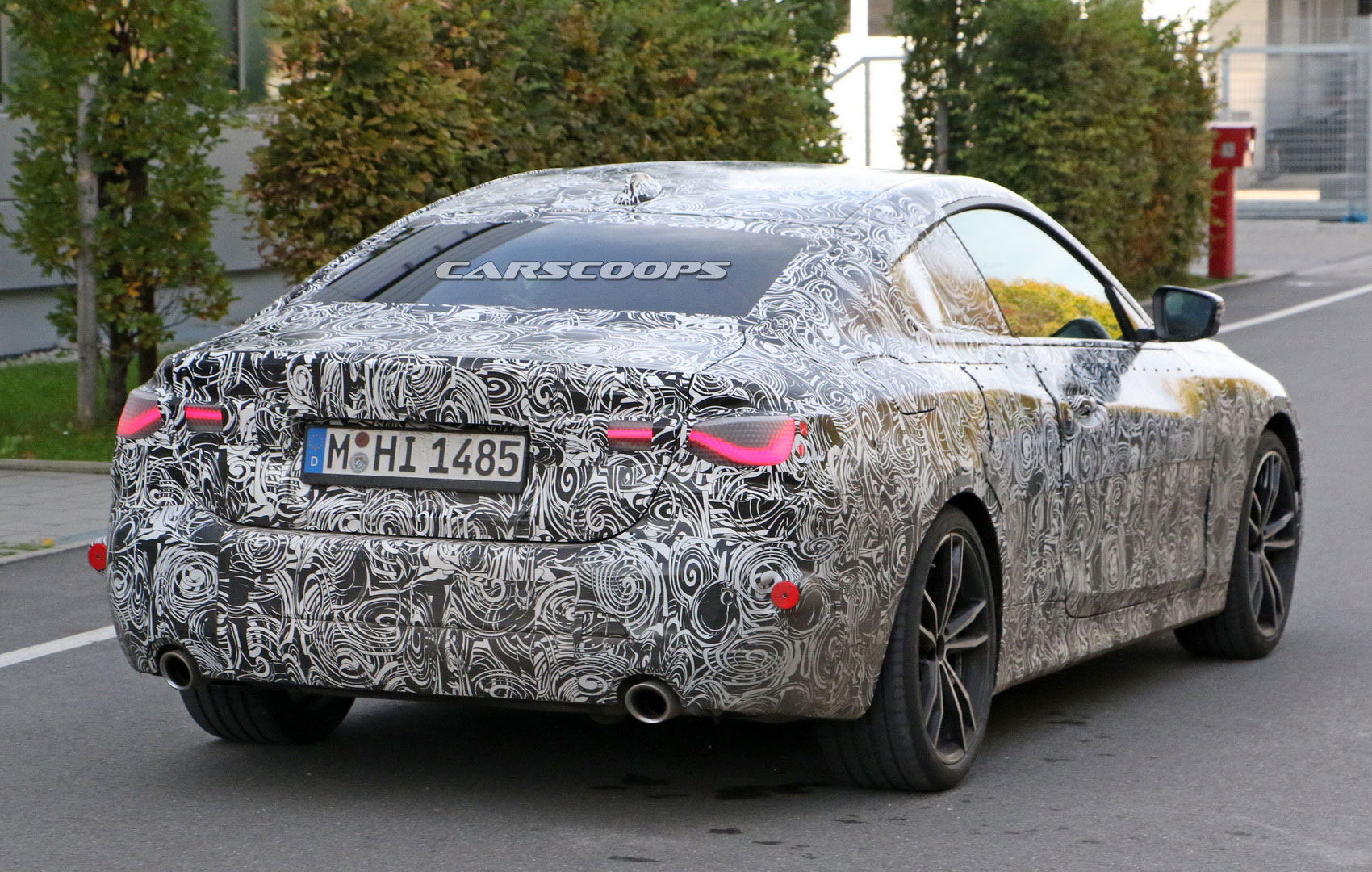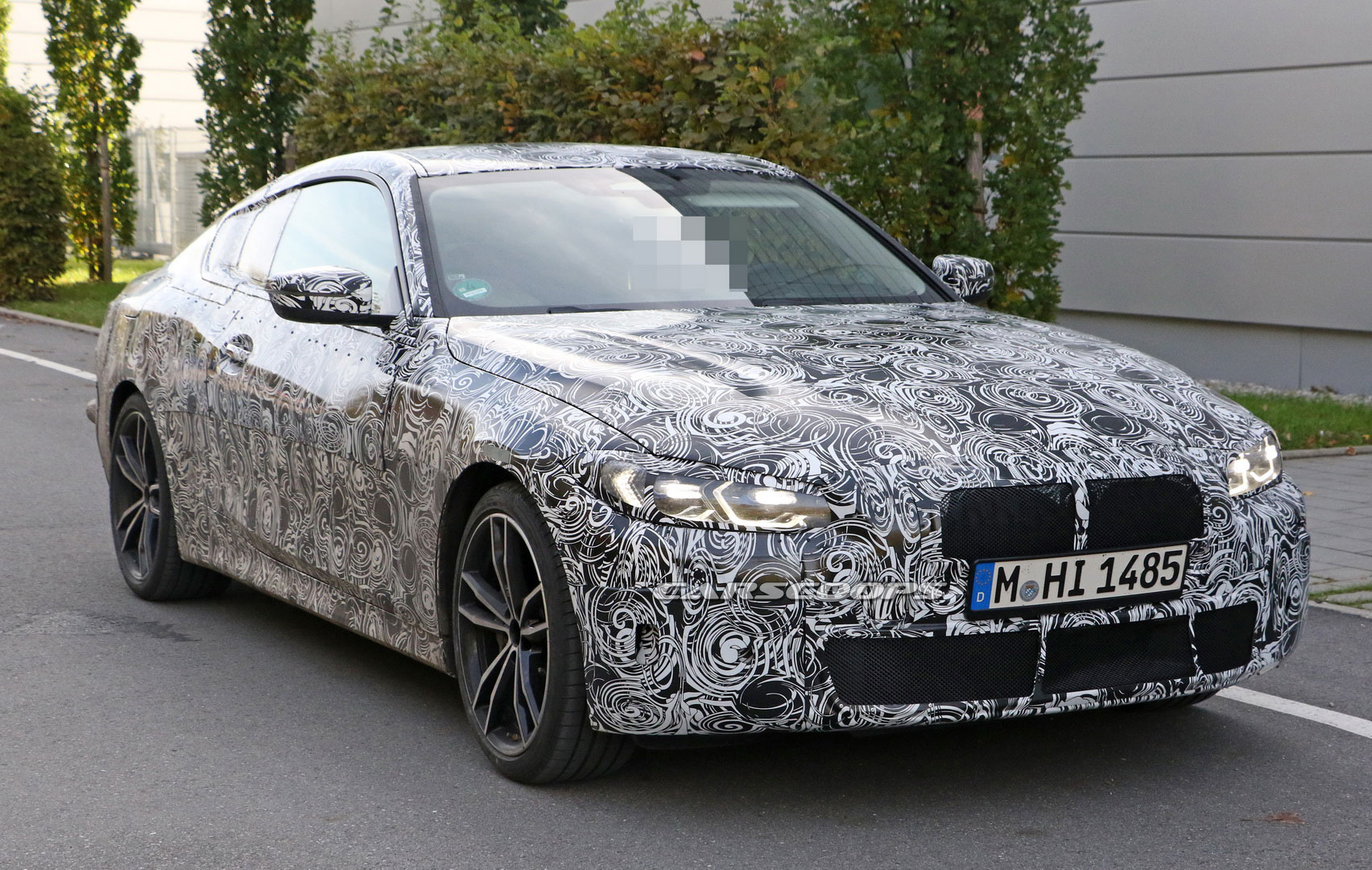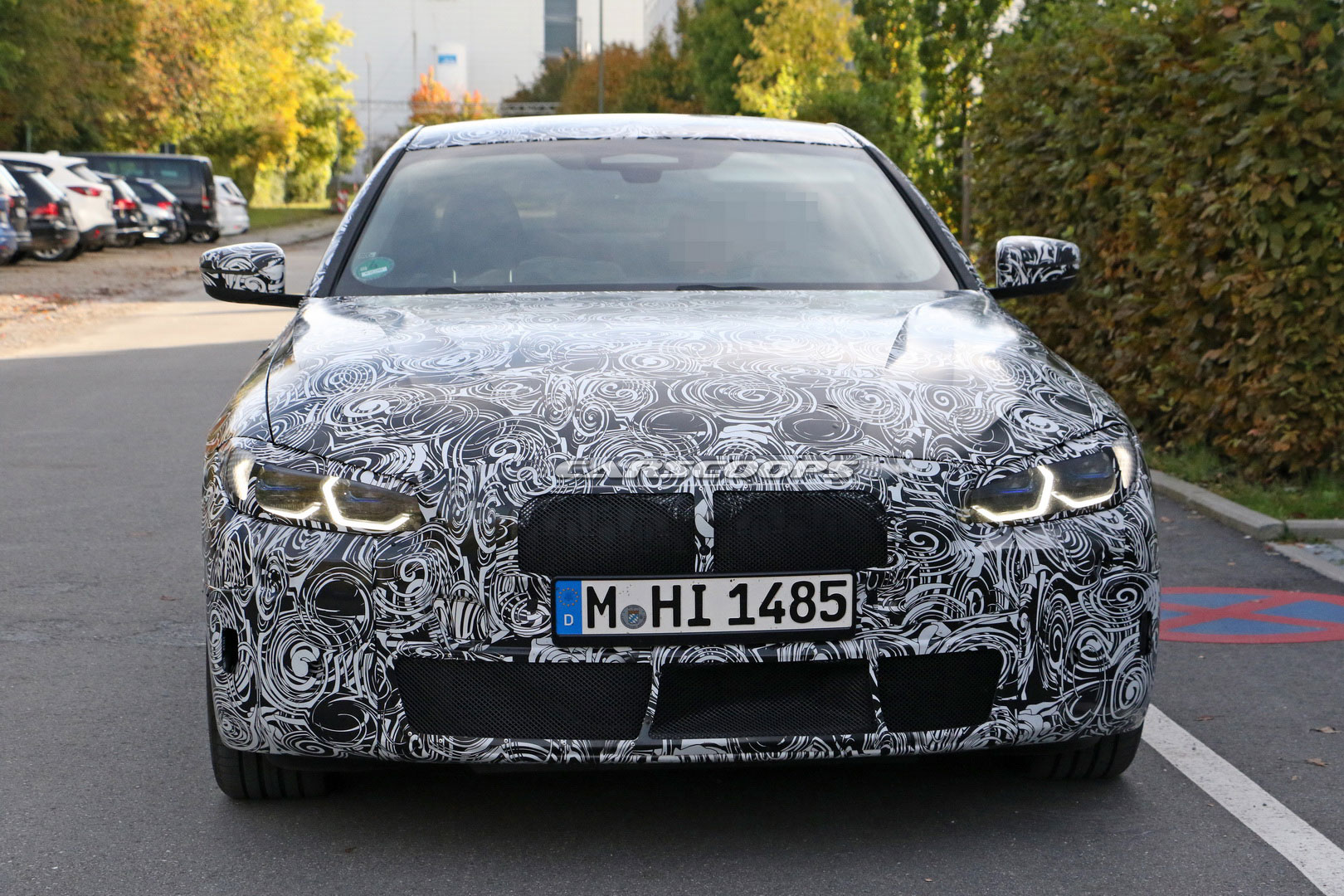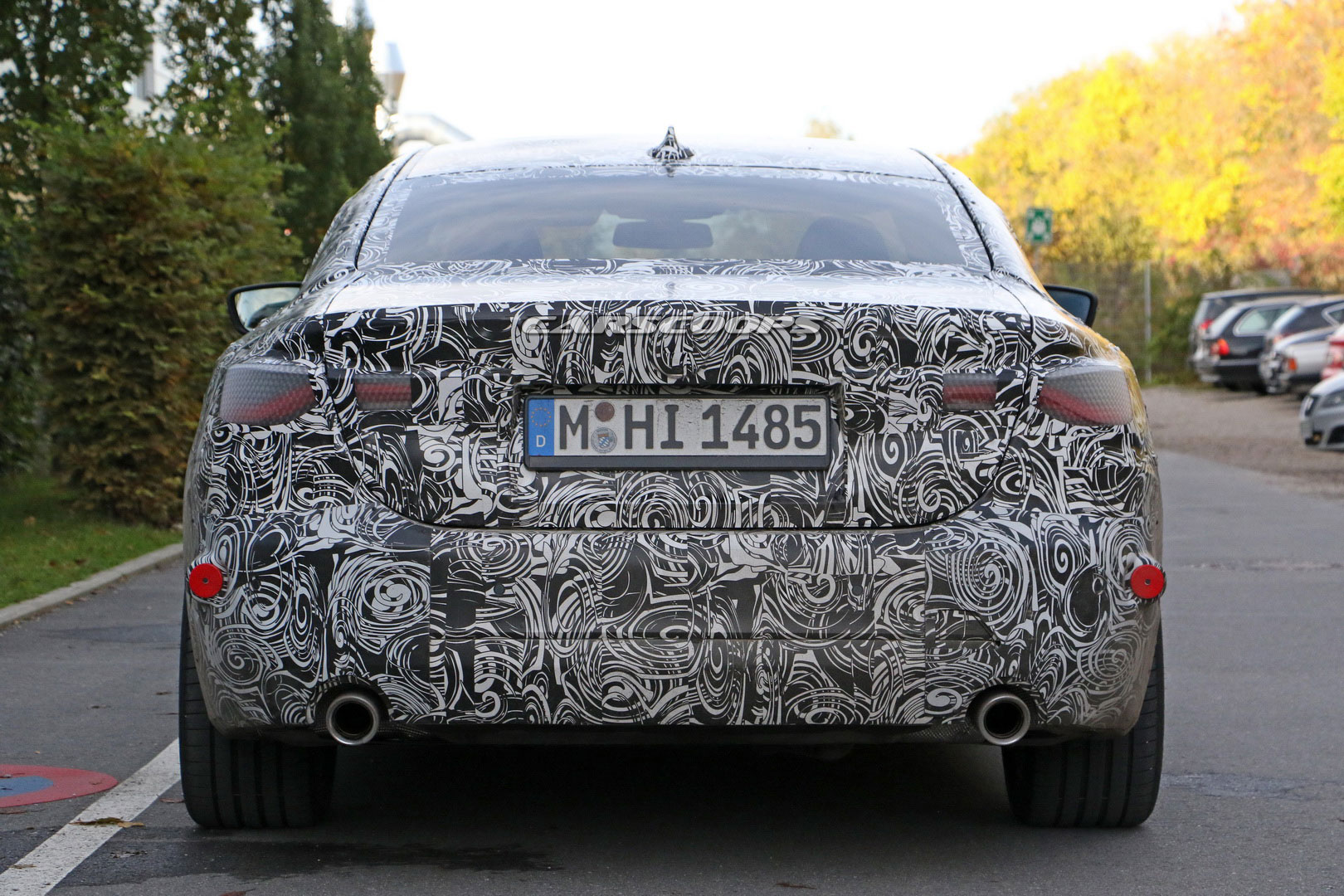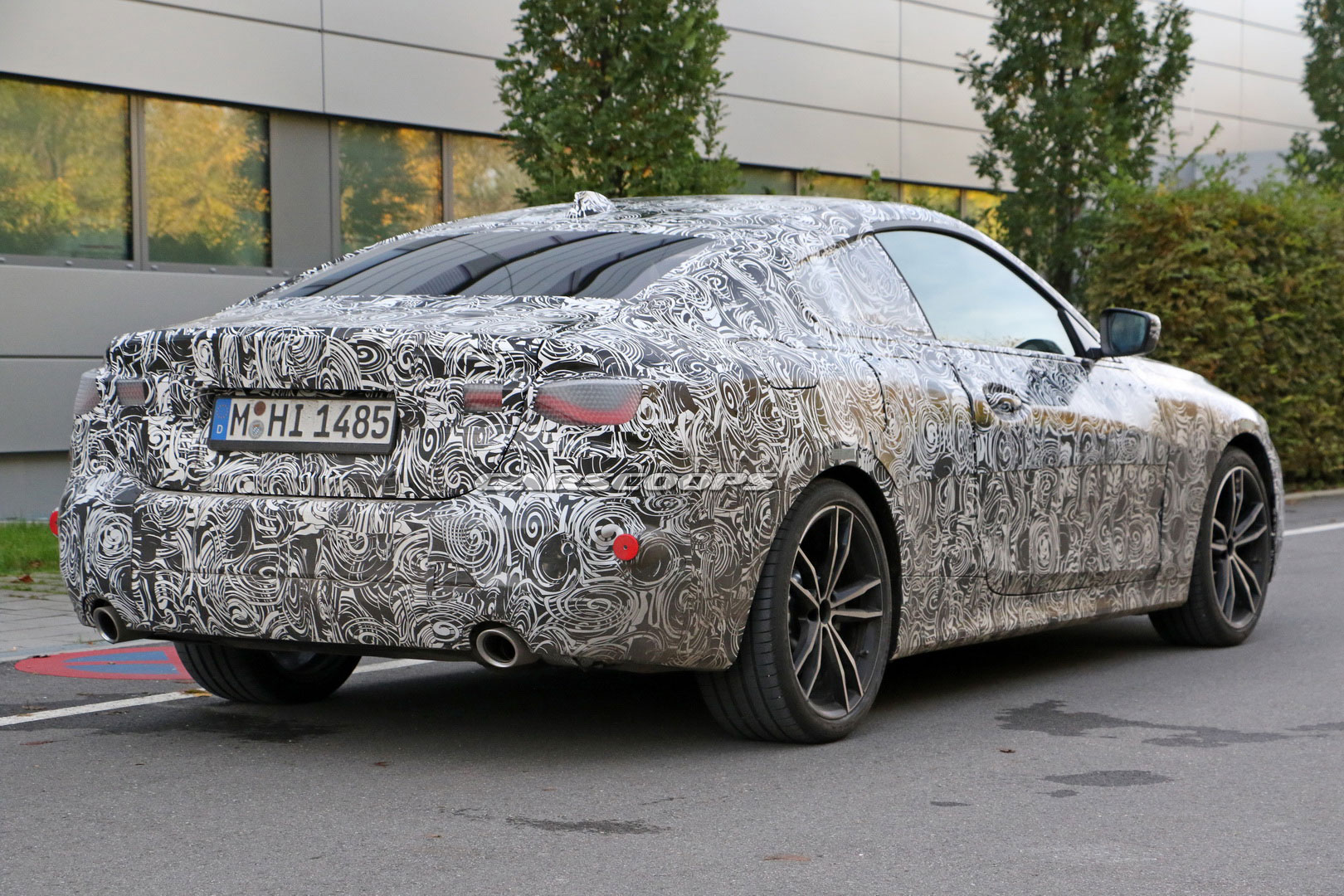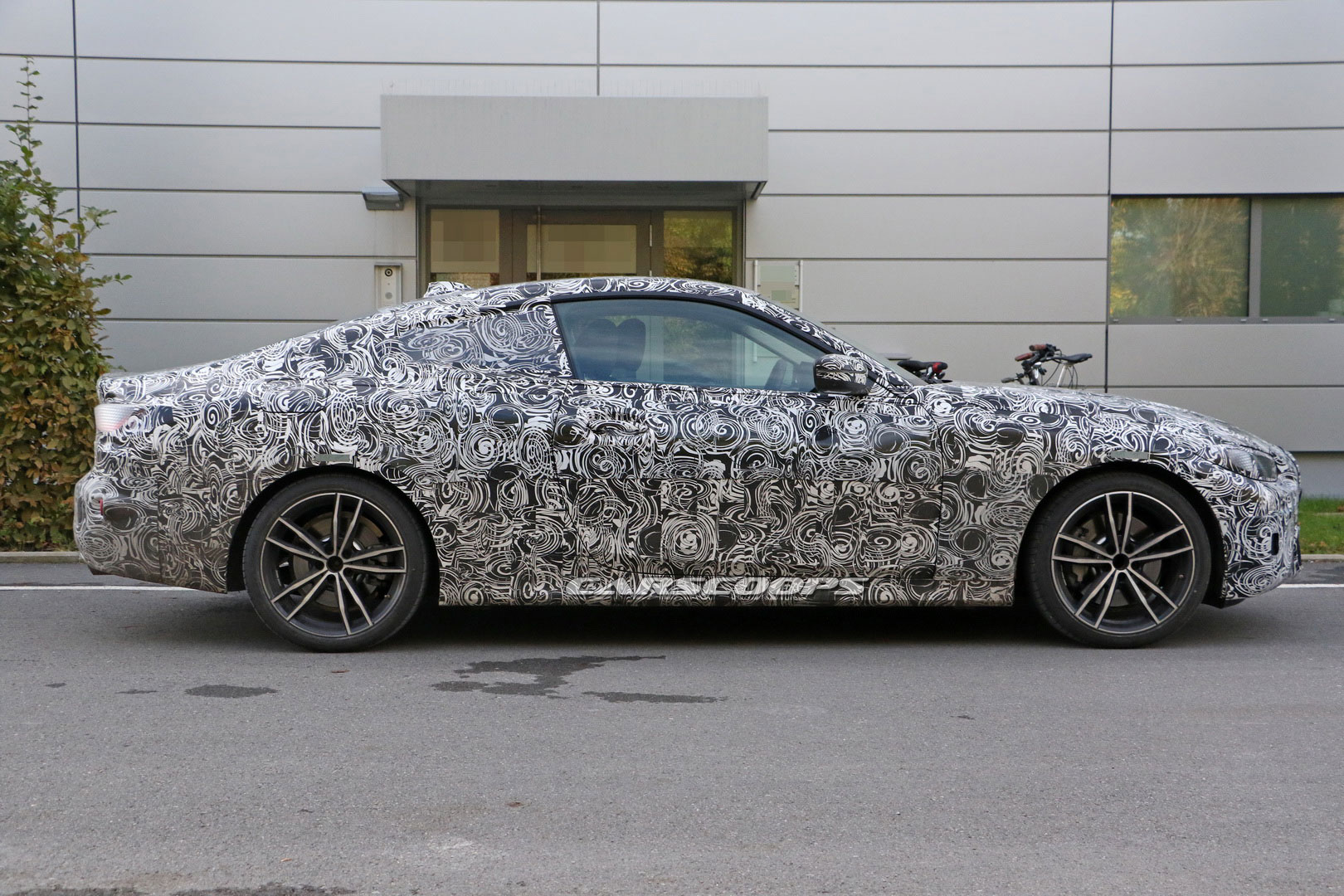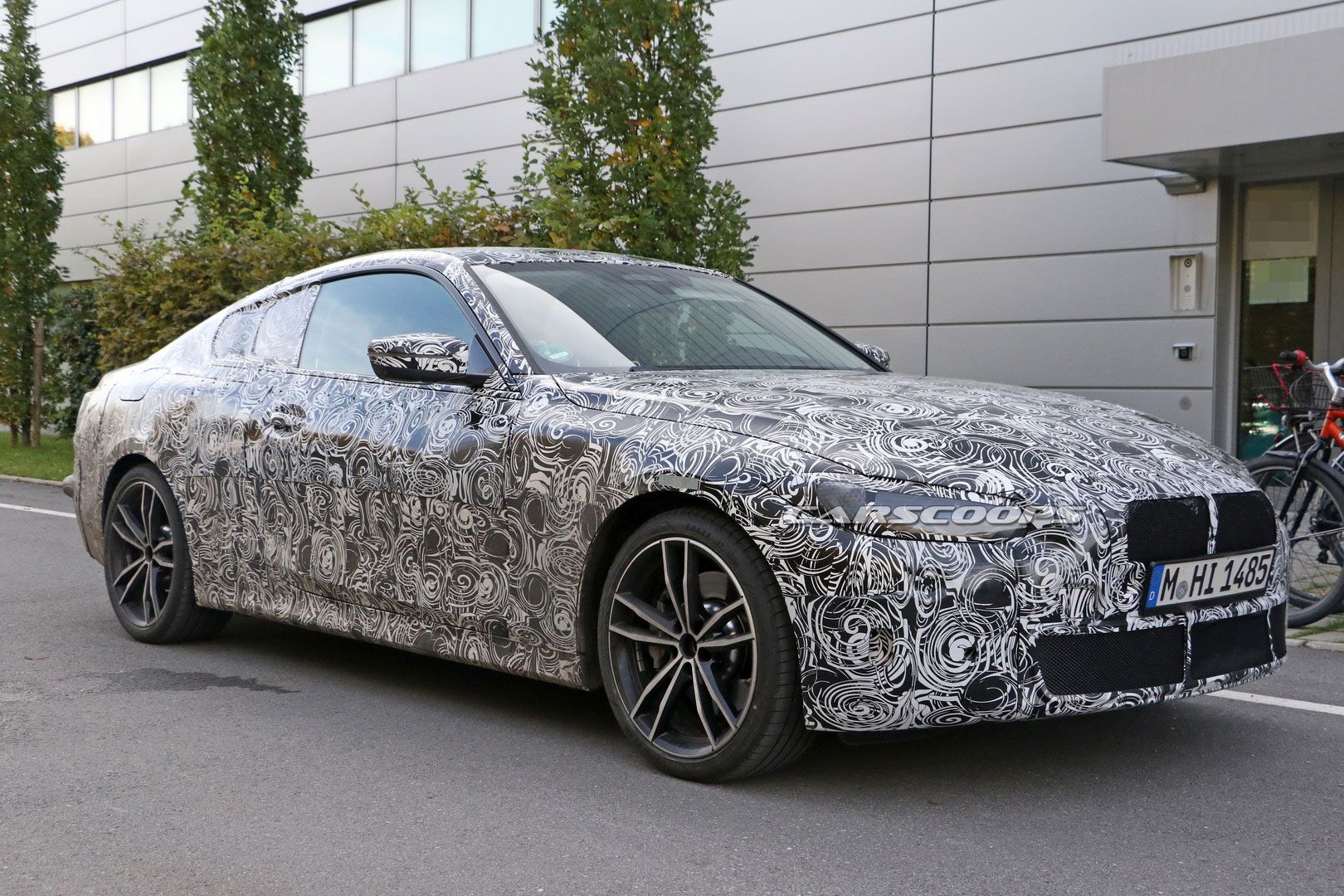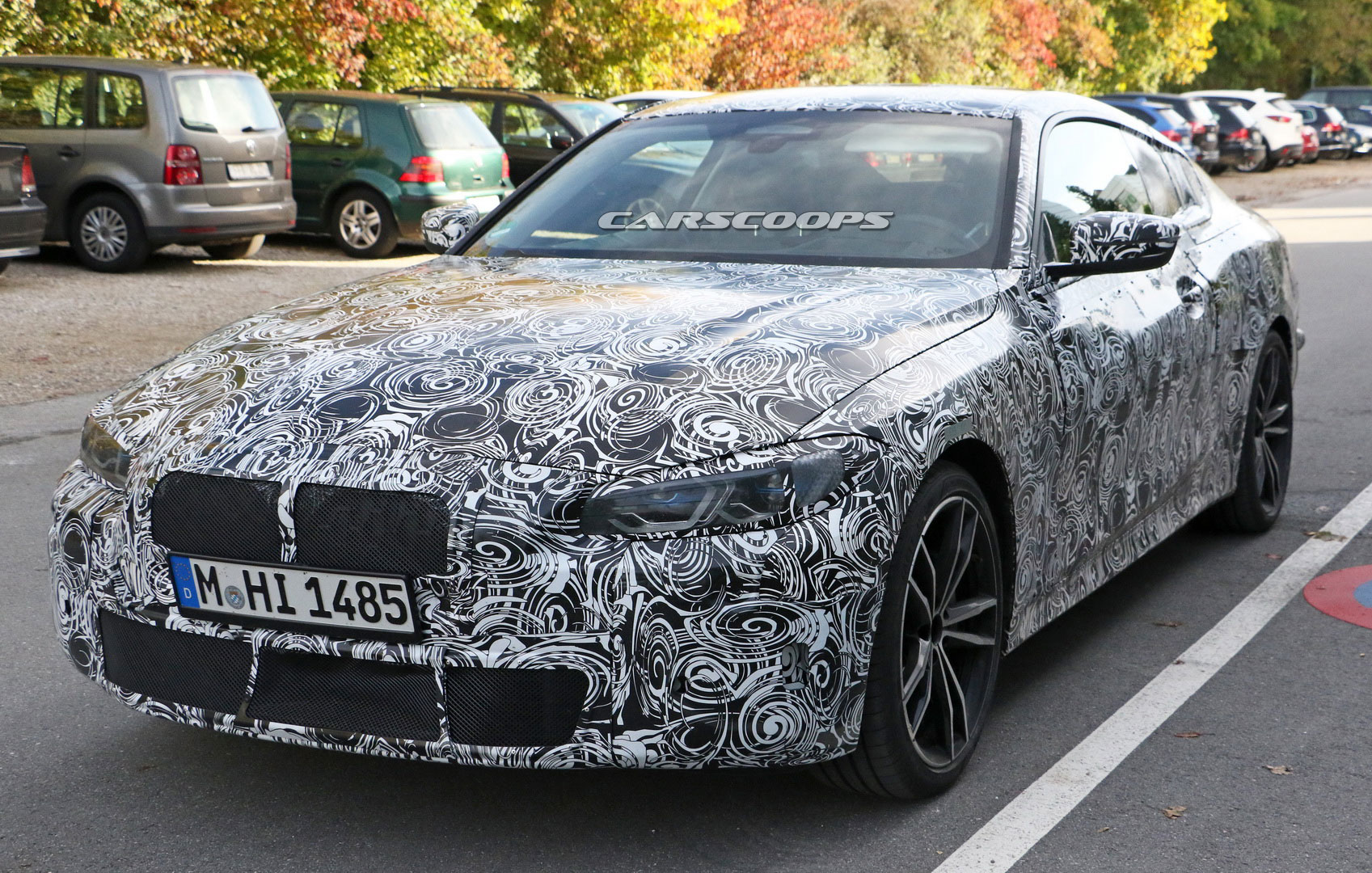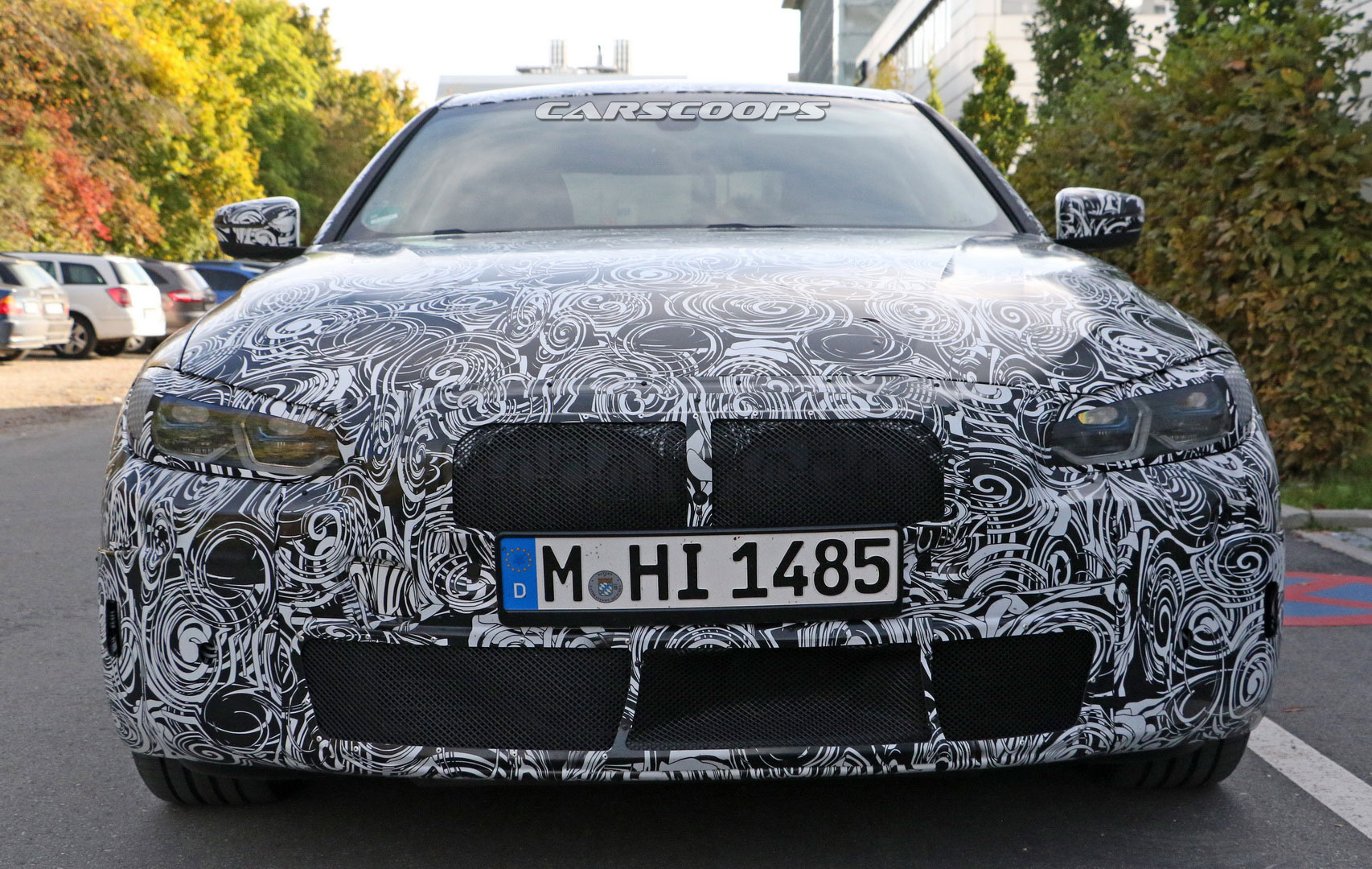Despite adopting a new name a few years ago, the BMW 4-Series in both Coupe and Convertible forms essentially remain the two-door versions of the 3-Series.
This means that aside from the differentiated exterior metal, they share pretty much everything else, including the interior layout, engines, transmissions and so on. The new generation 4-Series Coupe continues the tradition by adopting an identical interior design to its four-door counterpart.
Review: 2020 BMW 3-Series Is A Jack Of Most Trades, Master Of Plenty
Thus, it gets the same dashboard design and layout, including the placement of the infotainment system, air conditioning controls and storage spaces. Even the multi-function steering wheel, with paddle shifters, is identical, and so are the air vents, gear selector, rotary dial, drive mode buttons and everything else – you get the idea. The back seat is more cramped compared to the new 3-Series and has been designed for only two passengers, who will have way less headroom due to the sloping roofline.
Speaking of the exterior design, it will sport slimmer headlights and taillights compared to the outgoing iteration, as well as redesigned front and rear ends. However, the big question is whether it will adopt the massive double-kidney grille previewed on the 4-Series Concept in September, or if BMW plans to use it exclusively on the pure ‘M’ models.
Beyond that, the sportier “M Pack”, “M Sport” and “M” variants will further set themselves apart with specific body kits, wheels and exhaust tips.
The engine family will be shared between the 3-Series and the Coupe, Convertible and Gran Coupe variants of the 4-Series, so expect the usual assortment of four- and six-cylinder turbocharged gasoline and diesel units, in addition to a plug-in hybrid.
Sitting at the top of the range as always will be the M4 that’s believed to pack the 3.0-liter, twin-turbo straight-six from the X3 M and X4 M. The engine kicks out up to 510 PS (503 hp / 375 kW) in the Competition models, and 479 PS (472 hp / 352 kW) in the regular versions. At 598 Nm (441 lb-ft), the torque is identical in both vehicles.



